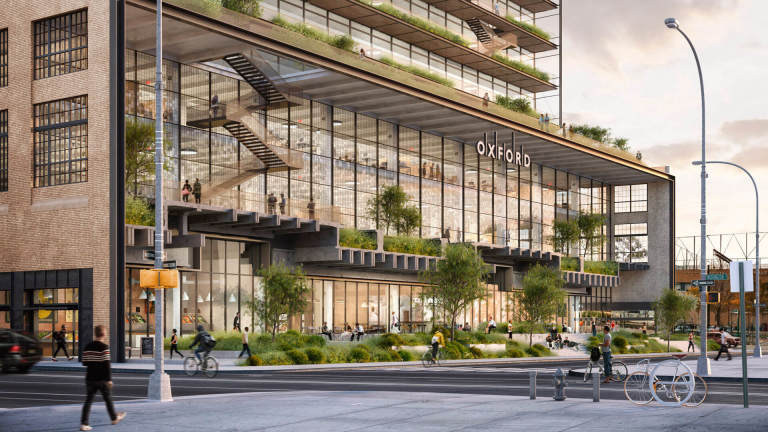Groundbreaker Profile
Bob Sullivan’s
His first post-grad gig was a NYC skyscraper. Yeah, he hit the ground running
How did you get started in construction? How did you choose this career?
I grew up in a small town in Upstate New York. I lived across the street from Elmira College. I remember when I was 11 or 12 years old watching the college put up six new buildings on campus. I got to watch all the digging, the excavation, all the superstructure—not that I knew what superstructure was back in those days. I thought it was all pretty cool. In college I took a lot of math and science courses, and then I came into the construction management side of things.
Did you have an early mentor?
My dad. We did a lot of odd jobs and small home additions for friends and relatives. I learned to use a lot of the tools with him. Once I got to college at Syracuse University, there was a professor that a lot of students gravitated to. He worked in the private sector for 30 years, and I think part of his mission in life was to mentor students and help the next generation of the workforce. He taught soil mechanics in a very practical way, using his own real life photos as examples to teach his students.
What can you tell us about your first job in the business?
My first opportunity to get into the construction industry was phenomenal. I was hired right out of college by Lehrer McGovern, a construction management company in New York City. I had never set foot in New York City before and the next thing I know I was working on high-rise projects in Manhattan. I was like a sponge soaking up as much knowledge as possible. It became obvious to me in a very short period of time that the guys with the dirty hands and the dirty jeans working in the field are so smart. The field guys are the ones who know how to put a building together.
Your current project is Boston Children’s Hospital’s Hale Family Building. What are the challenges there?
The project logistics—building a 685,000SF new hospital tower adjacent to our occupied hospital buildings, on a street with one way in and one way out—that was a big challenge. While the shell and core of the building are not too much different than other buildings, one significant challenge was designing the building to be flexible enough to accommodate the ever-changing technology for major medical equipment. We had to procure this equipment at the right time and coordinate it with the structure being built. This planning enabled us to get the latest technology/equipment and have it on site when we needed it. More significantly, the building’s design assures it can accommodate all future iterations of this constantly upgrading equipment.
Does this need to “see around the bend” affect your thinking when starting a project like the Hale Family Building?
Yeah, it certainly does change your perspective. The clinical teams that we work with are always looking around the corner and using the most advanced methods and procedures for clinical care. They’re in constant touch with equipment manufacturers and their colleagues at other hospitals to ensure they have their finger on the pulse of the latest and greatest equipment and technology. It's the clinical side of the project that gives you the motivation to think more innovatively, and to be that much more flexible and adaptable to what's next.
Bob, at Procore we use a term —“Groundbreaker”— to broadly describe an individual who casually inspires, leads from alongside, embraces the cutting edge, and is driven to set a new standard. How might you personally define a Groundbreaker based on your experiences?
The first thing that comes to my mind when I think about a groundbreaker is someone who thinks out of the box. You're not just doing business-as-usual. You're trying to develop and create better ways of doing things that more efficiently move you forward. Being a groundbreaker is about adopting trust and a sense of partnership with all project stakeholders. In some of our Hale Family Building meetings, if you didn't know that this person works for the architect or that person works for the contractor or subcontractor—you would think it was all one big partnership in that room. And it was.







